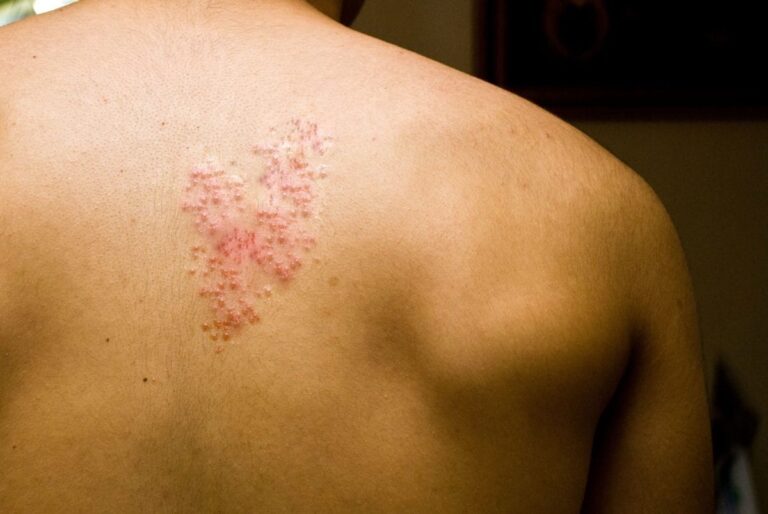Zoster
Zoster: Symptoms, Causes, Diagnosis, Treatment, Prevention, Complications, and When to Seek Medical Attention
Zoster, commonly known as shingles, is a viral infection caused by the reactivation of the varicella-zoster virus (VZV), the same virus responsible for chickenpox. This comprehensive exploration delves into the intricacies of zoster, covering symptoms, potential causes, diagnostic methodologies, treatment options, preventive measures, complications, and when to seek medical attention.

